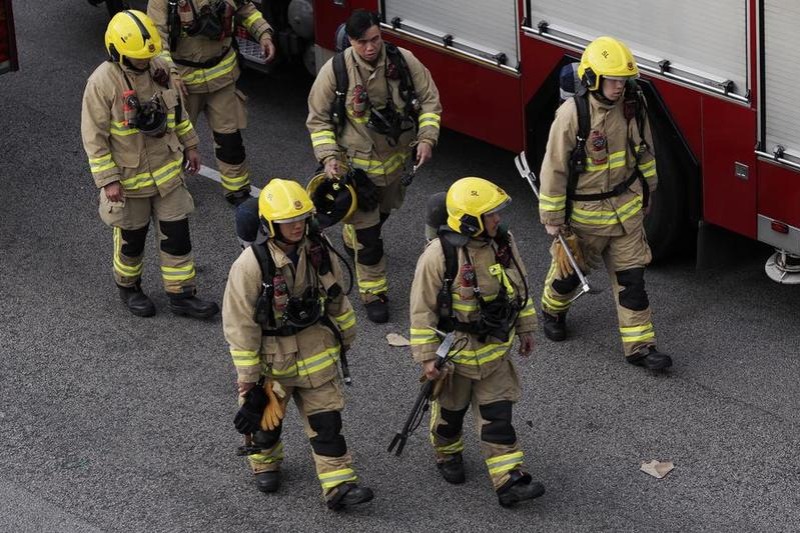Anti-accident classes keep kids safe and sound
By Zhou Wenting/Zheng Yiyi | China Daily | Updated: 2018-08-15 08:12
Behavioral changes
The children taking part in the classes are required to undertake assignments after every lesson, such as identifying potential safety hazards at home, rectifying the situation and taking "before and after" photos to mark the changes.
They are also asked to encourage other children to follow suit and look for hazards in their neighborhoods.
The assignments are designed to inspire behavioral changes in the children as they become aware of potential dangers, said Fu Lili, director of the hospital's Department of Social Work.
The lecturers, mainly doctors, communicate their knowledge in interactive, highly visual ways that children can easily understand, she said.
For example, when a lecturer wanted to stress the importance of wearing a helmet when riding a bicycle she started by dropping an unprotected egg onto the ground, followed by one wrapped in a foam blanket.
"It makes a big impression on the kids when they see the first egg break while the second remains intact," Fu said.
"Some parents told us that after the class their children insisted on wearing helmets when they rode their bikes, and said, 'Mom, I don't want my head to become a broken egg!'"
Experts said it takes time and effort for people to translate knowledge into action, but it is worth making the effort.
"The cost of avoiding such accidents is rarely high and sometimes it is negligible-that compares favorably with the often sky-high cost of rescue and recovery after an accident. Sometimes accidents claim lives," said Li Hao, director of the Trauma Treatment Center at the Children's Hospital of Fudan University.
Cui said: "One easy example is that you can always keep cigarette lighters out of children's reach at home. That costs nothing."
She added that UNICEF figures indicate that effective precautions, including bicycle helmets and baby seats in cars, can reduce the accident rate for children and adolescents by 50 percent.
Zheng said that since 2015 her team has provided 60-minute-long, one-on-one safety education to every child treated at the trauma center-along with their parents-before they are allowed to go home.
Such education can often promote changes in the children's habits and even prompt parents to make changes at home to provide a safer environment.
The changes can include installing childproof fences at the top of staircases and fitting external railings on windows to prevent children from falling out.
"It doesn't cost much to install external railings on windows, but the death rate resulting from falls from high buildings is extremely high," Cui said.
Zheng Yiyi contributed to this story.
Contact the writer at zhouwenting@chinadaily.com.cn
























